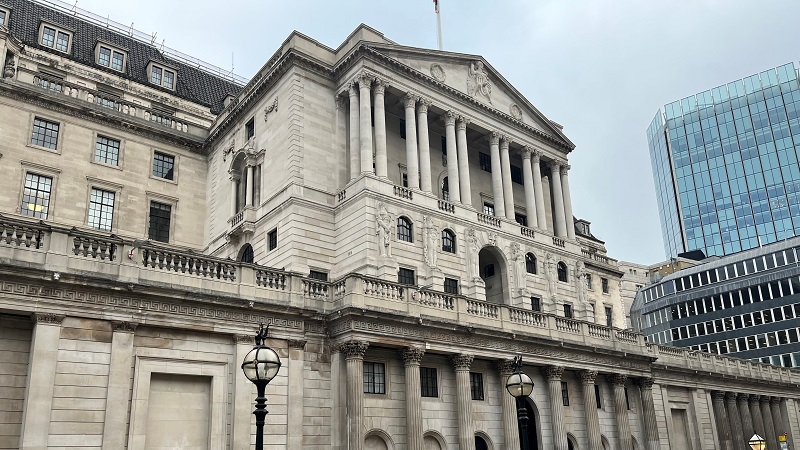
Balancing Act: Unveiling Bank of England’s Inflation Policies
The Bank of England plays a pivotal role in shaping the economic landscape of the United Kingdom, with its inflation policies serving as a key instrument. This article delves into the complexities of managing inflation, the tools employed by the Bank of England, and the broader implications for the economy.
Understanding the Inflation Mandate
At the core of the Bank of England’s role is its mandate to maintain price stability, primarily by targeting a specific inflation rate. This mandate is designed to strike a balance, ensuring that inflation is neither too high nor too low. The target, often set by the government, reflects the desired rate for sustainable economic growth.
Inflation Targeting Framework
The Bank of England adopts an inflation targeting framework, aiming to achieve the specified inflation rate within a set timeframe. This framework provides clarity and transparency, allowing businesses and consumers to anticipate and plan for future price movements. The target is commonly set at 2%, as a moderate level of inflation is considered conducive to economic health.
Monetary Policy Tools
To influence inflation, the Bank of England employs various monetary policy tools. One key tool is the manipulation of interest rates. By adjusting the base interest rate, the Bank influences borrowing costs, spending, and investment, thereby impacting inflationary pressures. Additional tools include quantitative easing and forward guidance.
Economic Indicators and Data Analysis
Monitoring a range of economic indicators is crucial for the Bank of England in gauging inflationary trends. Key indicators include the Consumer Price Index (CPI), wage growth, and employment rates. The meticulous analysis of these indicators helps the Bank make informed decisions on adjusting monetary policy.
Challenges in Inflation Management
Managing inflation is a delicate balancing act. Allowing inflation to soar can erode purchasing power and lead to economic instability. Conversely, excessively low inflation or deflation can hinder economic growth, as consumers delay spending in anticipation of lower prices. Striking the right balance requires a nuanced understanding of various economic factors.
External Factors Impacting Inflation
Inflation is not solely influenced by domestic factors; external elements also play a significant role. Global commodity prices, currency exchange rates, and geopolitical events can exert pressure on inflation. The Bank of England must factor in these externalities when formulating and adjusting its inflation policies.
Communication and Forward Guidance
Effective communication is a cornerstone of the Bank of England’s approach. Through regular statements, reports, and press conferences, the Bank provides clarity on its inflation policies and broader economic outlook. Forward guidance, a communication tool, offers insight into the Bank’s intended course of action regarding interest rates.
Adapting to Economic Shocks
The Bank of England must be adaptive in the face of economic shocks. Unforeseen events, such as financial crises or pandemics, can disrupt normal economic patterns. In such instances, the Bank may need to employ unconventional monetary policy measures to stabilize the economy and manage inflation expectations.
Inflation and the Wider Economy
The impact of the Bank of England’s inflation policies extends beyond price stability. Inflation influences consumer confidence, investment decisions, and long-term economic planning. By effectively managing inflation, the Bank contributes to creating a conducive environment for sustainable economic growth.
Navigating the Inflation Landscape with Bank of England Inflation
For a deeper understanding of the intricacies of inflation management, initiatives like Bank of England Inflation provide valuable insights and resources. By exploring the policies, analyses, and communications of the Bank, individuals and businesses can stay informed about the evolving economic landscape.
Conclusion: A Dynamic Approach to Economic Stability
In conclusion, the Bank of England’s inflation policies represent a dynamic and nuanced approach to maintaining economic stability. The careful calibration of tools, continuous analysis of economic indicators, and adaptive responses to external shocks characterize the Bank’s commitment to achieving its inflation mandate. As the economic landscape evolves, the Bank of England remains at the forefront, navigating the complexities of inflation with a view to fostering a stable and prosperous economy.


